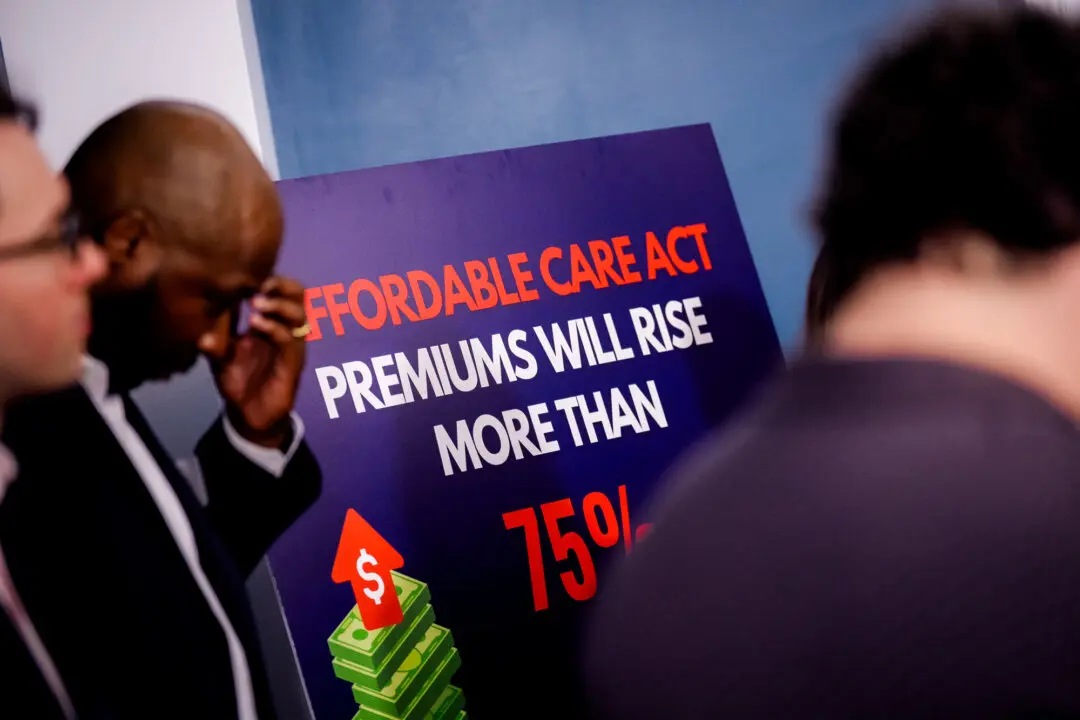Commentary
A friend reminded me of a piece I wrote in 2017 that predicted the end of social democracy. This was three years before lockdowns, and it strikes me even now as a correct prediction. It is now under stress as never before. In fact, it seems doomed. But what comes after is still in question.





